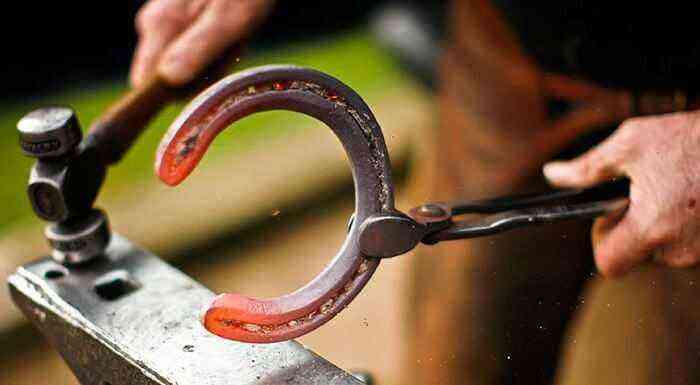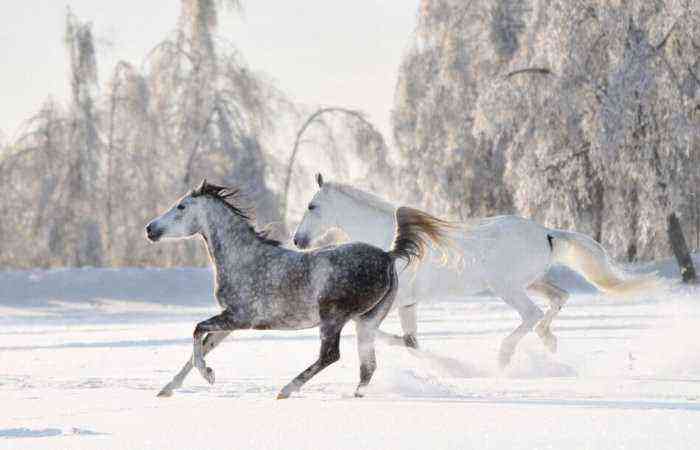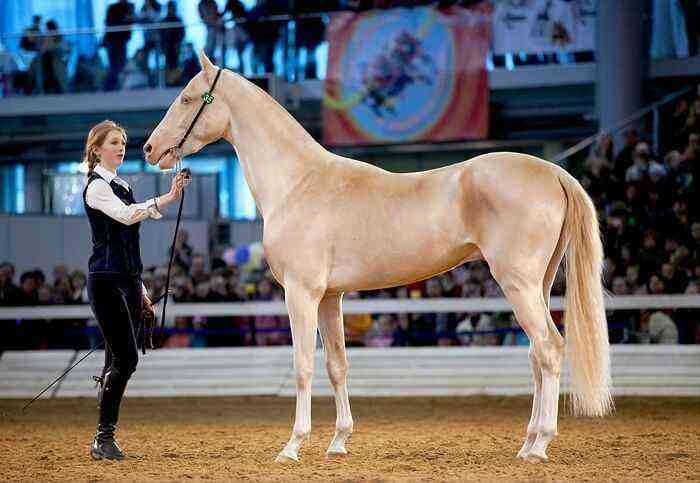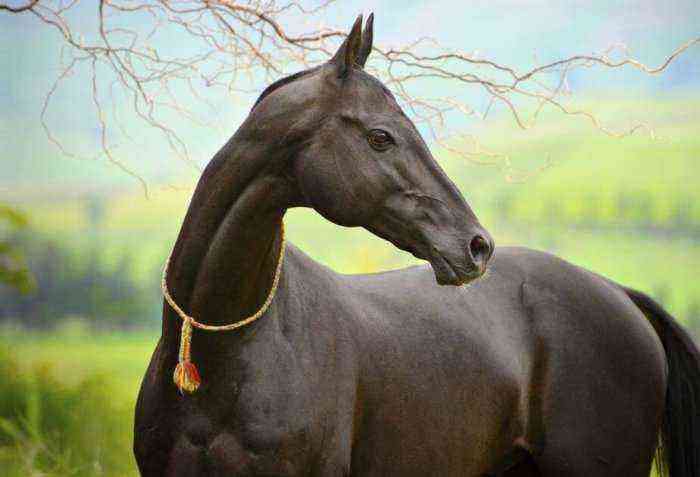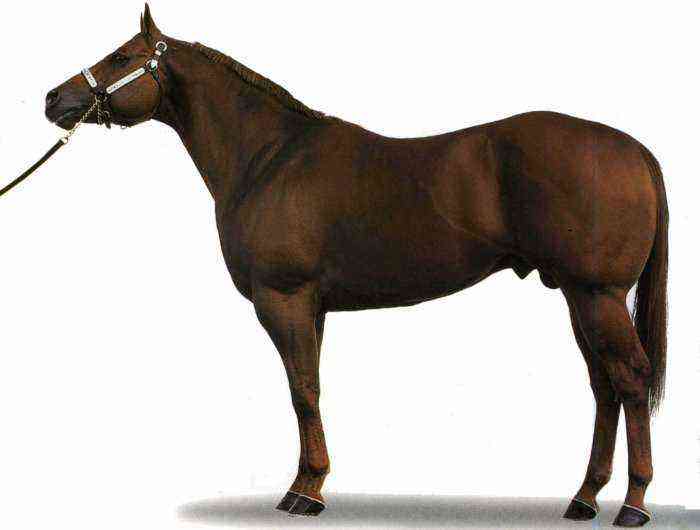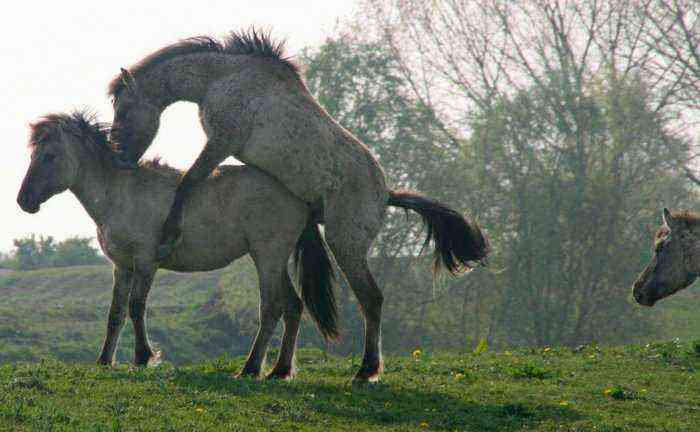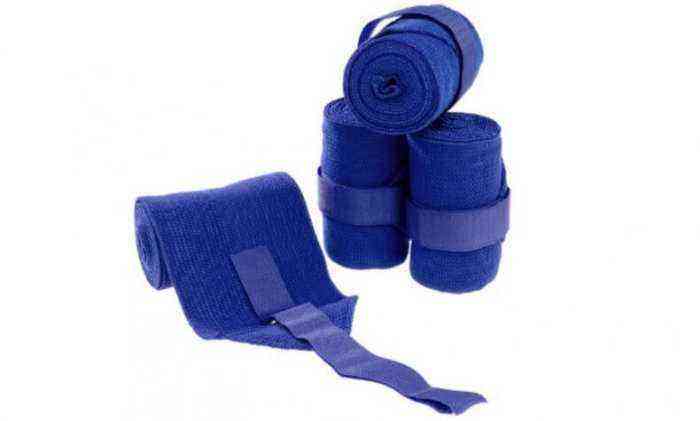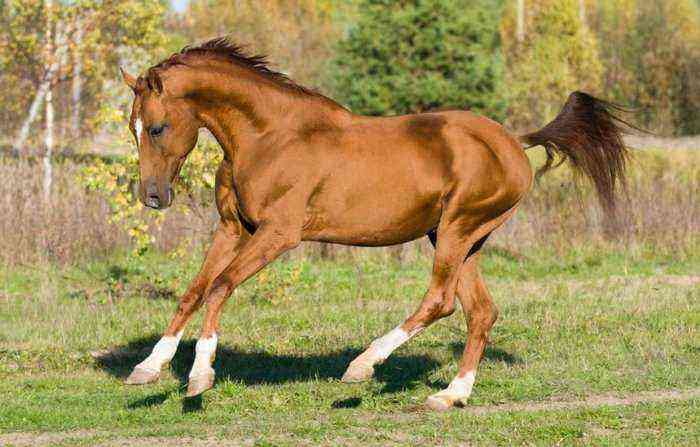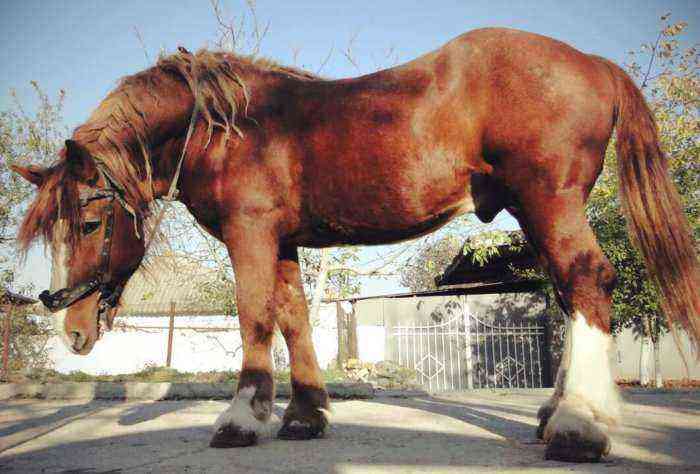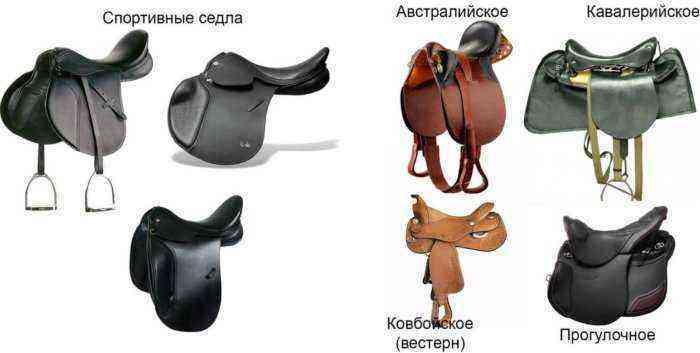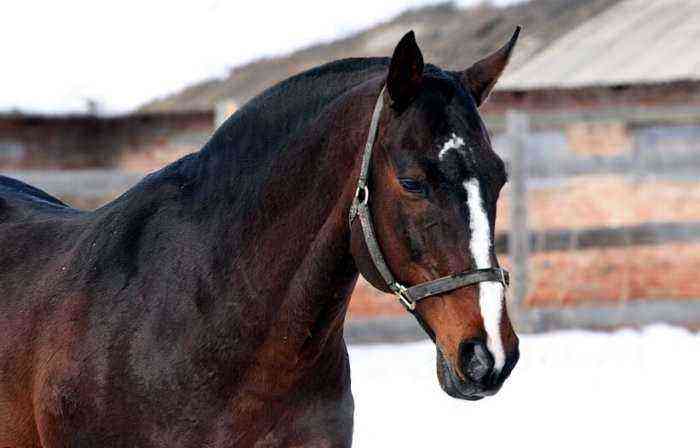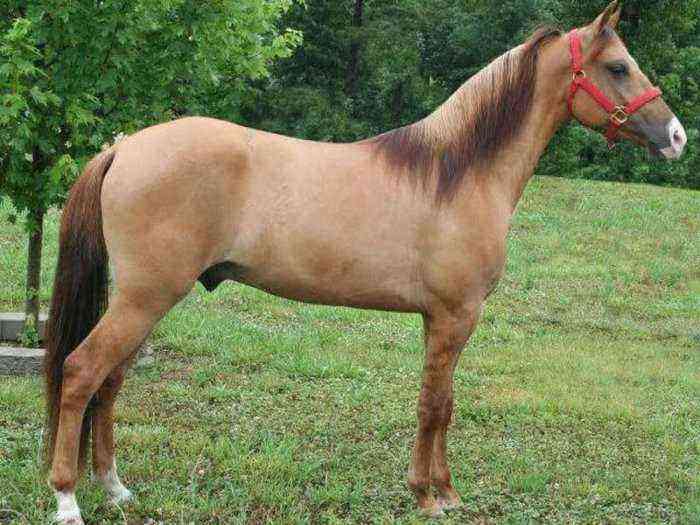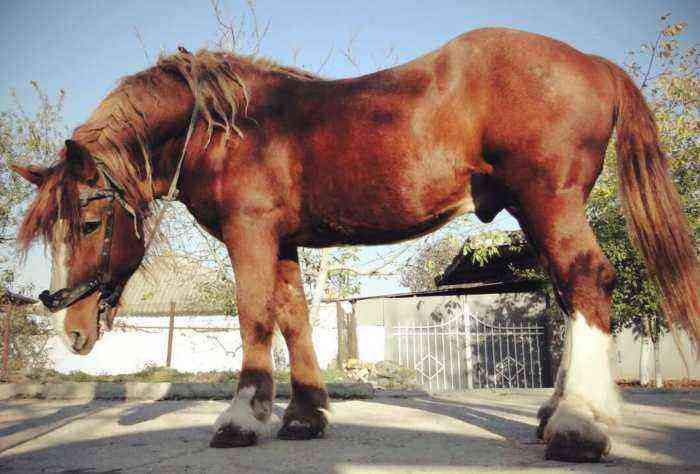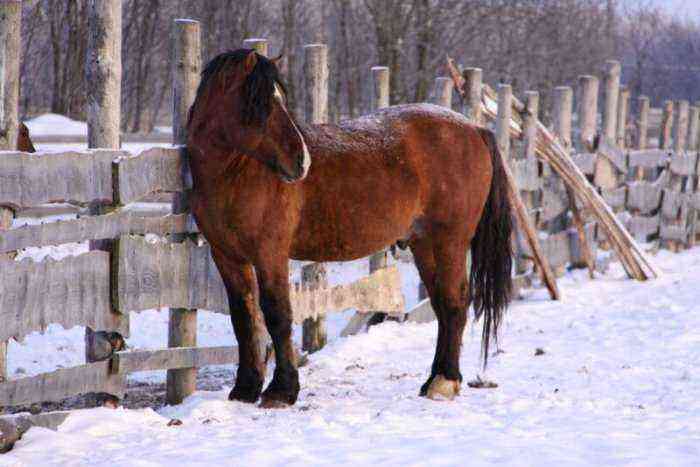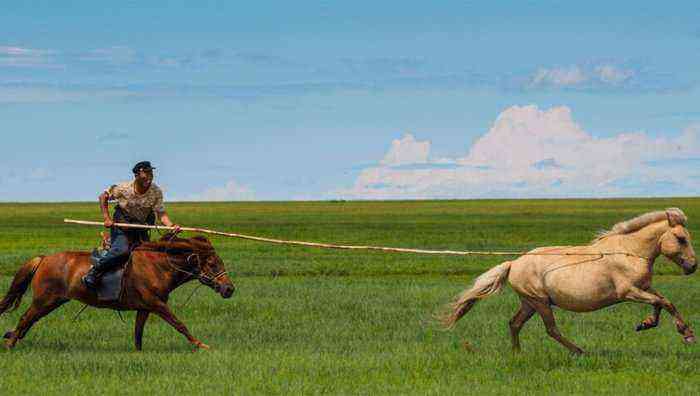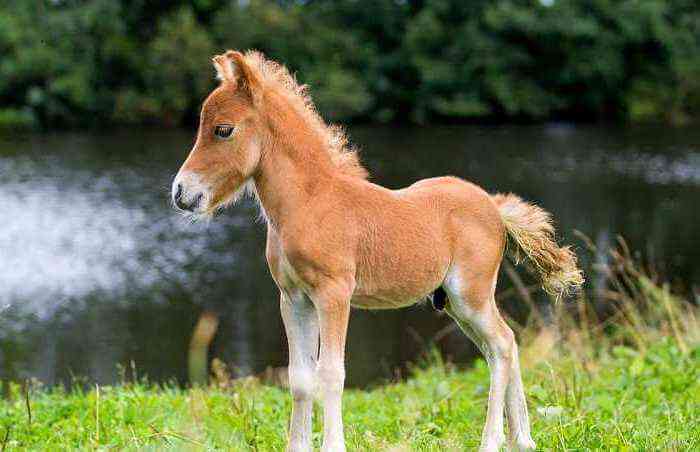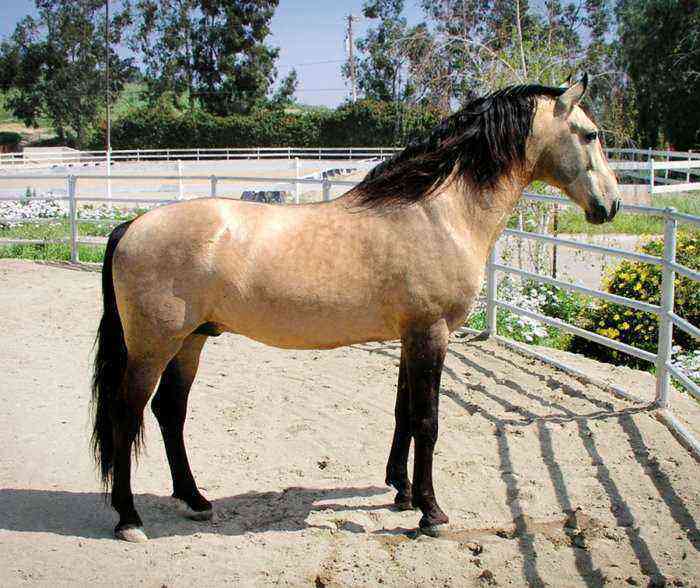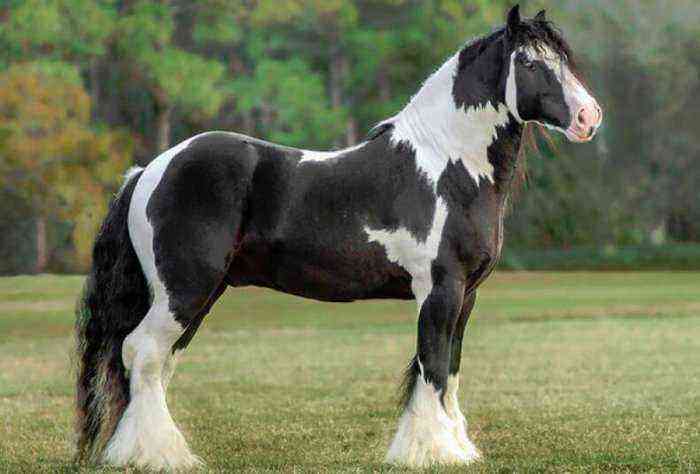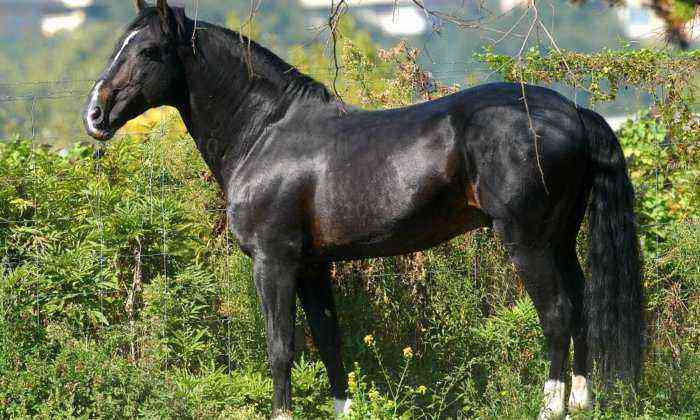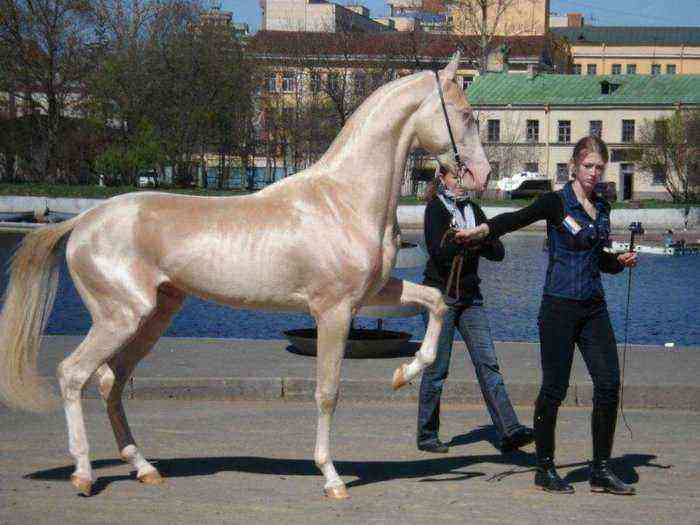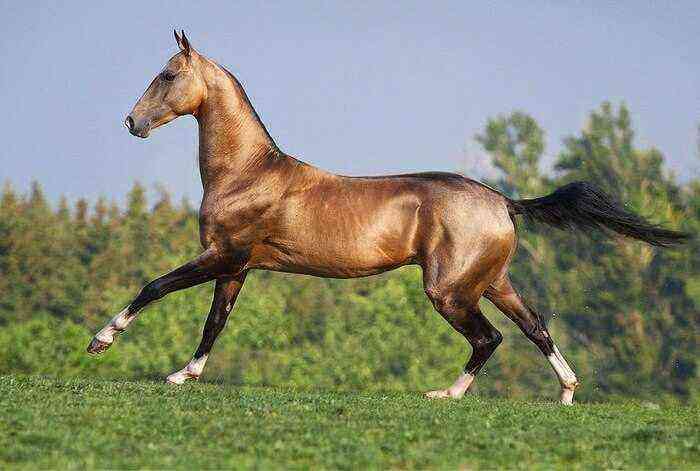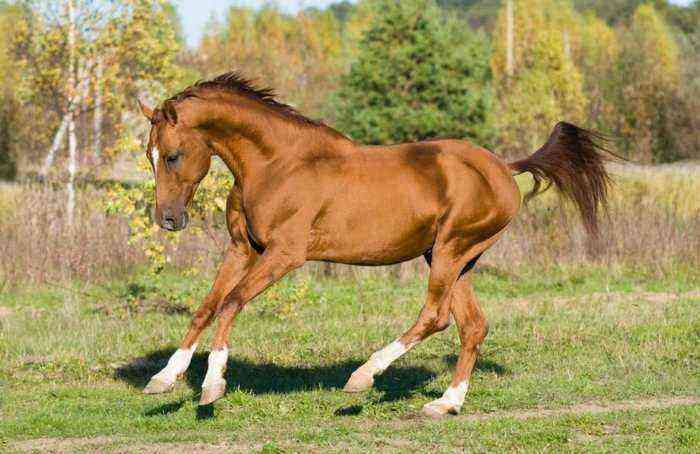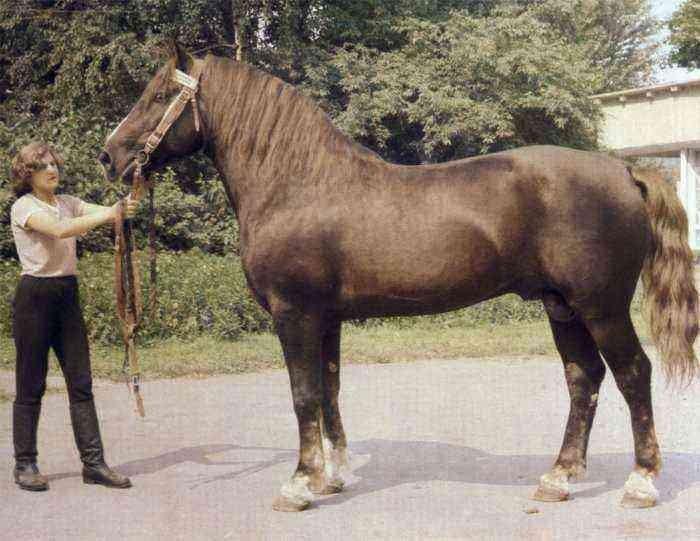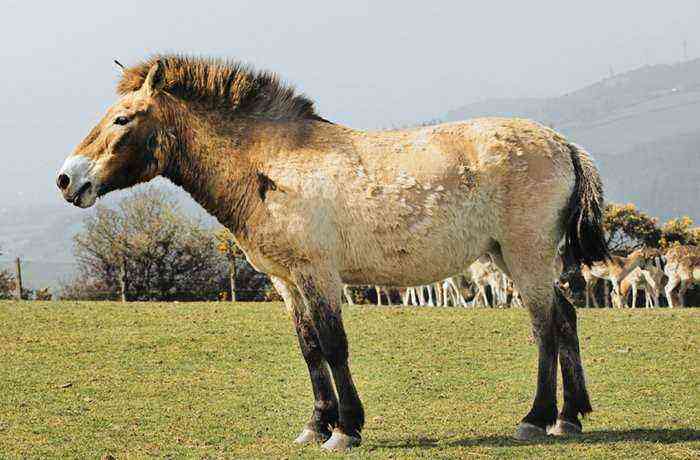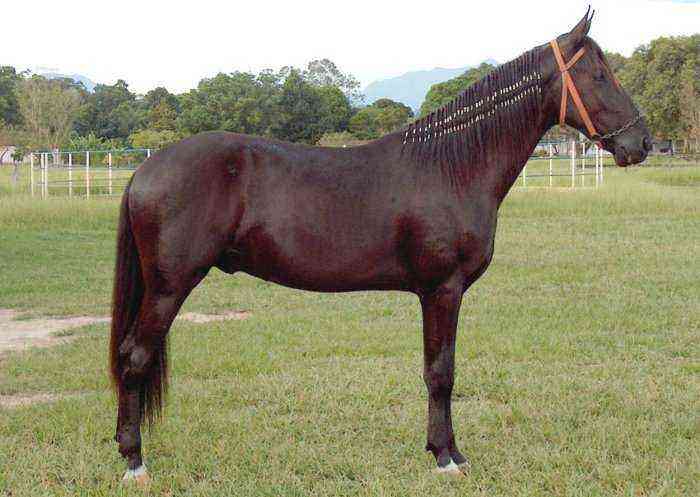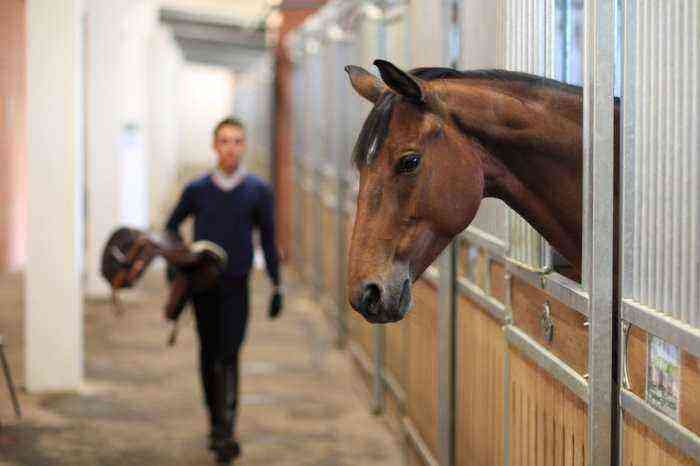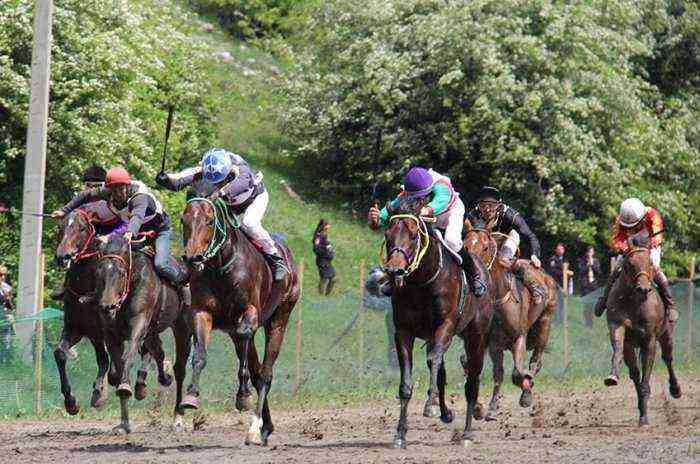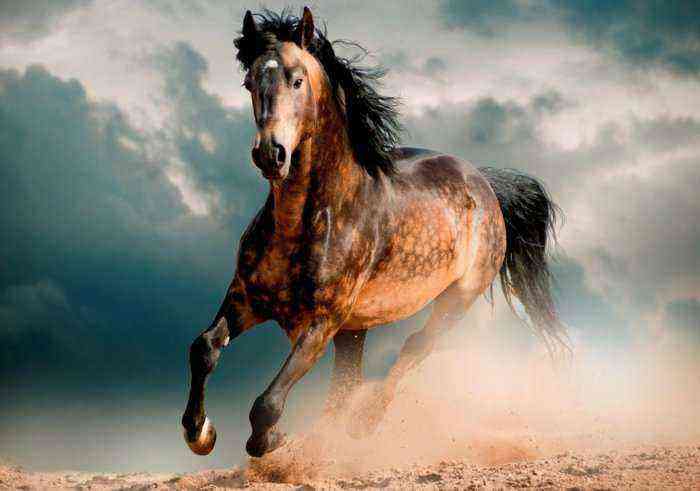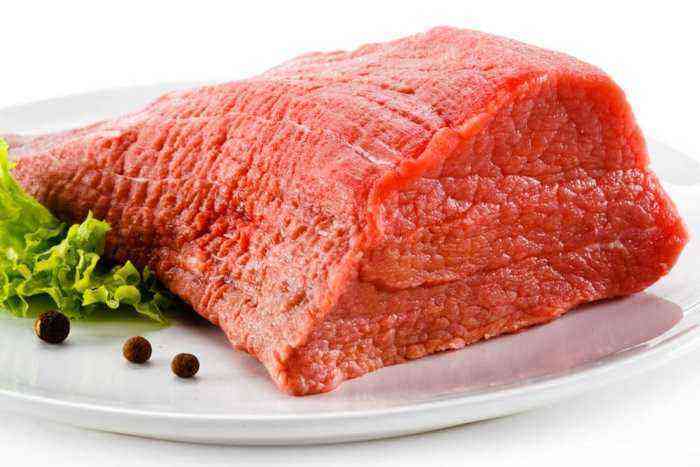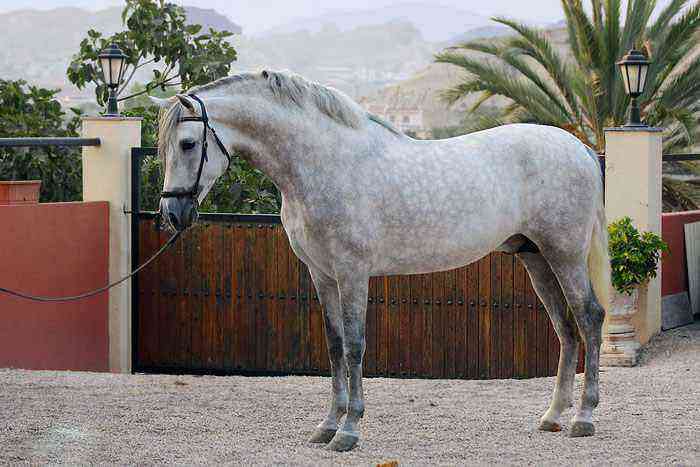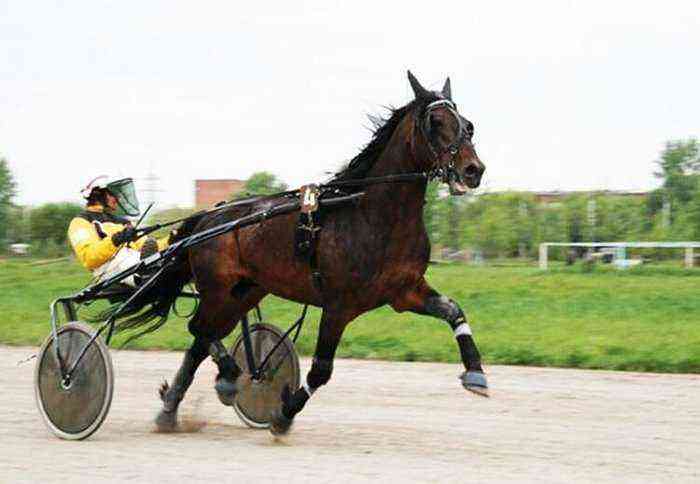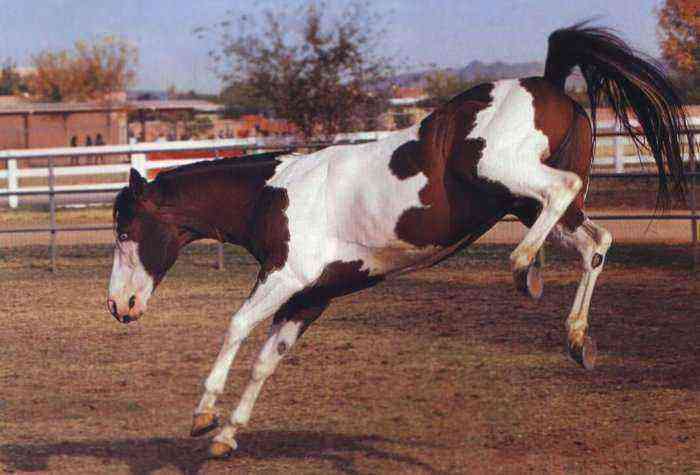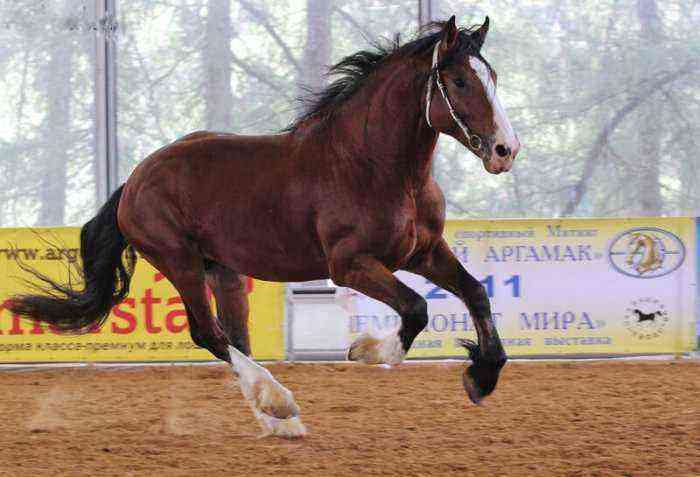According to hippologists, the Camargue horse breed arose several thousand years ago. These are semi-wild animals that inhabit the area called the Camargue, in the south of France, in the picturesque valley of the Rhone River. Horses are called European mustangs, as they move freely in herds.
Musk deer horses
History
There are several assumptions regarding the origin of the Camargue, but there is no exact data. According to one version, the horses are the descendants of the wild solutre horses, which have already become extinct. The scientists who conducted the research found that they are similar to the Camargue in many ways:
- growth;
- skeletal structure:
- genotype.
Attention! Solutre horses also chose swampy places for settlement, which gives reason to assume family ties between them and the Camargue.
Another version of the origin of semi-wild horses suggests the influence of other breed lines on the breed. Throughout history, the territory of modern France was penetrated by Arabs, Greeks and Romans, whose stallions could mate with local mares. The fact remains that no one can say for sure how the Camargue horse breed was formed.
Life
Herds of wild horses are found mainly in swampy areas or near natural reservoirs in the southern part of France, where food is plentiful in spring and summer. With the onset of cold weather, it becomes difficult for animals to find food. They spend all day searching for food. In winter, the Camargues feed on the remains of reeds and dry grass, which can be found under the snow.
Wild horses form herds, consisting of a stallion leader, several mares and their offspring. Males mark females and territory with their secret. Little foals stay with their parents until they reach the age of three, after which they separate to find a mate and create their own herd.
Description of the Camargue horse
These animals in the wild live for about 25 years, are distinguished by endurance and good health. Adults have a light gray coat color, and foals are born dark bay or black. At the age of 6-7 months, the color of the hairline changes. Camargues are not too high at the withers, have a strong physique and a rough head, but they look great.
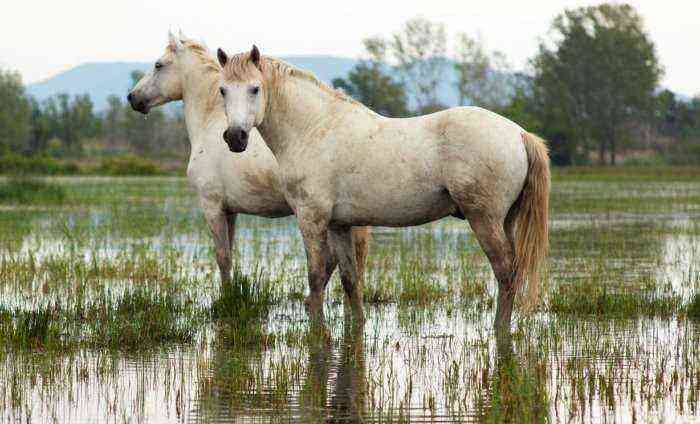
Appearance of Camargue horses
Features:
- height – 1,45 m;
- the shape of the head is square, the forehead is quite wide;
- the neck is powerful, smoothly turning into muscular forearms;
- the chest is massive, deep enough and wide;
- the back has a slight bend;
- croup narrow, compact, oval;
- the limbs are strong, sinewy with large hooves;
- thick mane and tail are painted in ivory.
Attention! The hooves of the Camargue are large and very strong, the horse does not need horseshoes. The hoof horn is not destroyed by exposure to salt water.
Character
The broncos of France are strong and hardy. They get along well with people, allow themselves to be saddled. Their movements are graceful and smooth, so that the rider is comfortable in the saddle. Camargues are energetic and courageous animals. They know how to work with fighting bulls, instinctively foreseeing their actions in advance.
Use of broncos today
The population is now in the Camargue Regional Park, which was created by the French in 1928. The area of the reserve is about 7 thousand hectares, where animals live in conditions that are as close to natural as possible. The herds are looked after by a group of researchers. Every year, scientists capture adults and foals. The last at the age of 1 year put a brand. Stallions that do not meet breed standards are castrated.
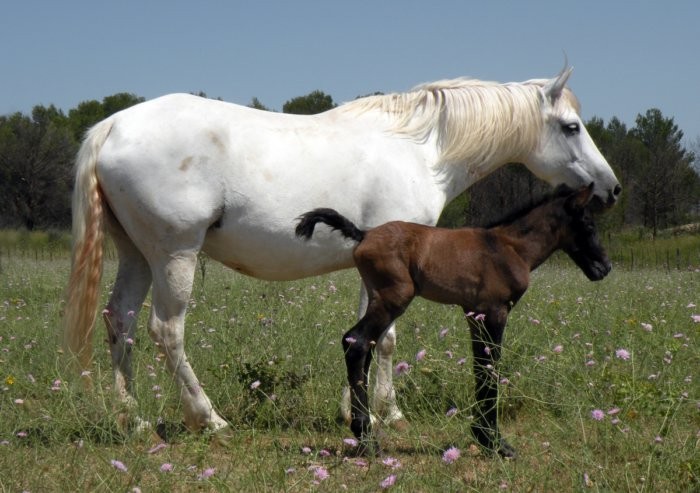
Camargue horse with foal
Reference. The territory of the reserve is an attractive place for tourists. Every year, thousands of wild horse lovers come there to watch them.
The Camargue breed is one of the oldest on the planet, although it received official recognition relatively recently, in 1968. Representatives of this population attract attention not only with their appearance, but also with a beautiful gait. Their smooth and graceful movements are mesmerizing. The wild horses of France are of great value to this country and are protected by law.

